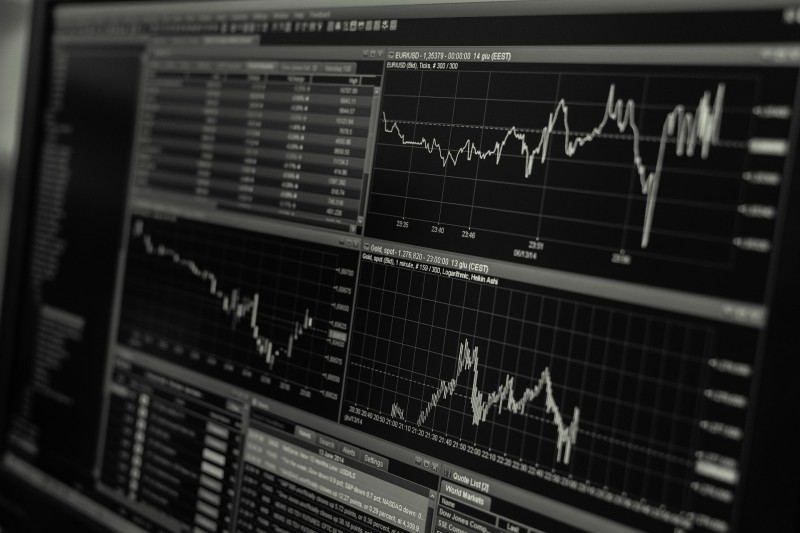Popular Posts
The PE ratio, or price-to-earnings ratio, is a way to understand the value of a company by comparing its earnings per share to the current price per share.
Investing in a stock is a calculated bet that the value of its shares will rise. One way to do that is to estimate future investor demand for the stock.
A concrete measure of potential future demand is earnings per share, that is, how much cash the company makes relative to the number of shares it circulates to the public.
Using the PE ratio puts an apples-to-apples “price tag” on those earnings. It allows the investment to be compared with similar investments or the company’s own price history.

Here’s how it works: Is the company you want to invest in cheap or expensive right now? It’s a good question and one that’s hard to answer.
Stock prices can rise or fall for a variety of reasons, many of which have little to do with the performance of the underlying firm.
As Warren Buffett is fond of stating, the stock market in the short run is a voting machine. In the long run, it is a weighing machine. That is, over a period of months or years the price of a stock tends to reflect the average of all of those short-term buy and sell orders.
This long-run averaging reflects the totality of public knowledge of a company’s prospects. Prices tend to be reliable and fair over time.
At any given moment, however, an investor might choose to buy a stock. Since the short run numbers are unreliable — the product of chaotic voting in the market — it can be very hard to understand if the price is reasonable compared to the long-term data.
A PE ratio can give the investor a solid sense of whether the share price is above or below “fair value” at the time of purchase.
For instance, a company trades at $50 a share. Earnings over the past 12 months came to $2 a share. If you divide 50 by 2 you get a PE ratio of 25.
Another company is trading at $600 a share. Earnings over the past 12 months were $75 a share. In the second case, the PE ratio is 8.
In plain English, investors are willing to pay $25 for every $1 of earnings in the first company and $8 for every $1 for earnings in the second company.
You might be tempted to conclude that the first company is the better or worse investment based on investor demand. But take a step back.
First of all, you need to know if the current PE ratio is higher or lower than in previous years for the same firm. For instance, investors may have bid the price up in the short run for unsustainable reasons.
Next, compare the firm to the average PE ratio in its own industry. If you were buying electricity providers of the same size, which one is cheaper? Which one more expensive? The PE ratio helps you decide.
Finally, a high or low PE ratio could be a signal of investor expectations. For instance, buyers could be piling into a stock ahead of an earnings report. That would drive up the PE ratio dramatically, only to fall (or keep rising) after the report comes out.
There are significant limitations to the PE ratio, of course. Yet using it consistently allows the investor to begin to make fair comparisons of a stock’s value instead of relying on the current share price alone.